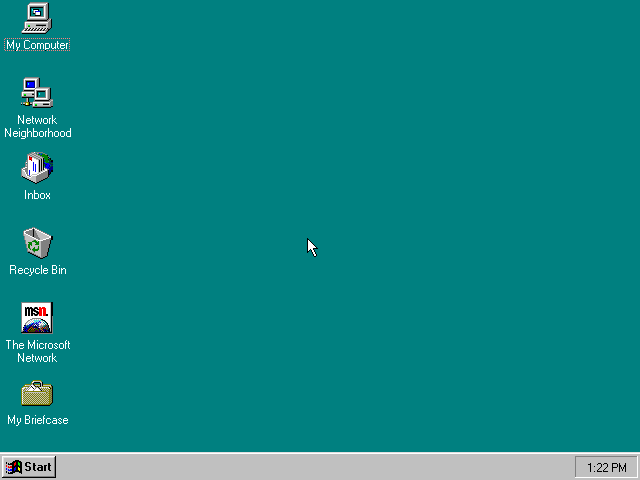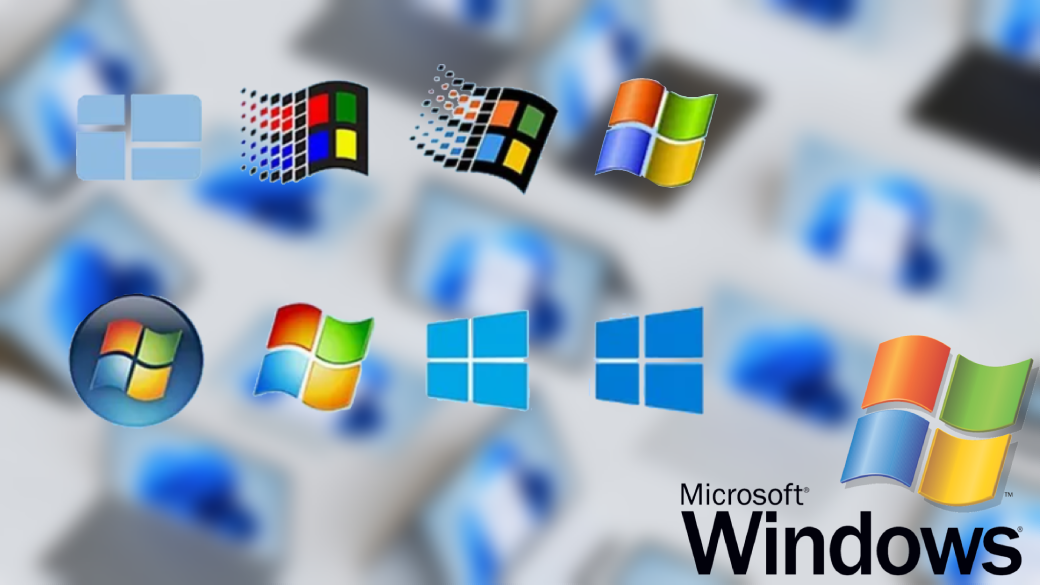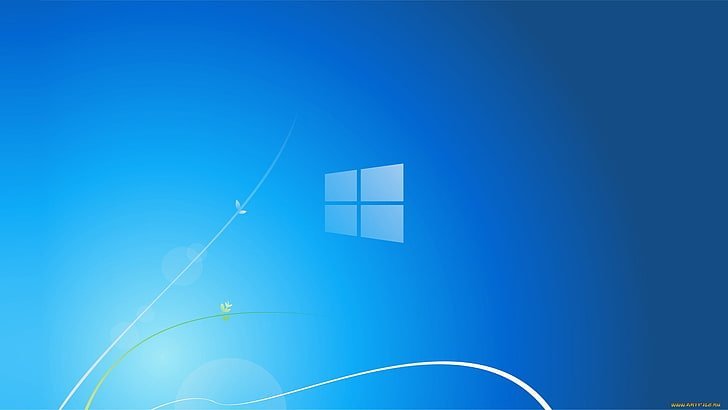Microsoft created the graphical operating system known as Windows 95, which was made public on August 24, 1995. The first time a Windows operating system combined support for 32-bit applications and preemptive multitasking, making it simpler for users to run multiple programs at once, it was a significant turning point in the history of personal computing. With its Start menu and taskbar, Windows 95 had a fresh look and feel that improved usability.
Long file names were one of the significant changes in Windows 95. Prior to that, file names could only be 8 characters long with a 3-character file extension, making it challenging to remember them. File names could be up to 255 characters long in Windows 95, which made them much more descriptive and simple to remember.
Additionally, Windows 95 introduced plug-and-play, which facilitated the setup and use of hardware devices. The system automatically identified and installed the required drivers for new devices; users were not required to do so. The fact that end users were no longer required to have a thorough understanding of their computer’s technical specifications represented a significant improvement.

In 1995, the World Wide Web was still in its infancy, but Windows 95 introduced Internet Explorer, a web browser that contributed to its widespread use. Because a web browser was integrated into an operating system for the first time at this time, it was much simpler for people to access the Internet and browse the web.
The combination of the Windows and MS-DOS operating systems was another significant change in Windows 95. Before Windows 95, Windows was just a graphical user interface (GUI) that ran on top of MS-DOS, the underlying operating system. Microsoft combined the two systems into a single, unified operating system with Windows 95. Users could now run programs that needed both the GUI and the underlying MS-DOS system more easily as a result.
Windows 95 required an Intel 80386 DX CPU of any speed, 4 MB of system RAM, and 50-55 MB of hard drive space. Microsoft recommended an Intel 80486 or compatible microprocessor with at least 8 MB of RAM for optimal performance. Most copies of Windows 95 were on CD-ROM, but a floppy version was also available for older machines. The retail floppy disk version came on 13 DMF-formatted floppy disks, while OSR 2.1 had 26 disks. Support for Windows 95 ended on December 31, 2001, but it remains in use on legacy systems for various purposes such as playing old DOS games. The first version of Windows 95 and OSR1 had a maximum supported hard drive space of 2GB.
Windows 95 Specifications
Overall, Windows 95 represented a significant advancement in the personal computer industry, bringing new and enhanced features that simplified computer use for users. It continues to be a significant turning point in the history of personal computing and paved the way for Windows’ further development.






